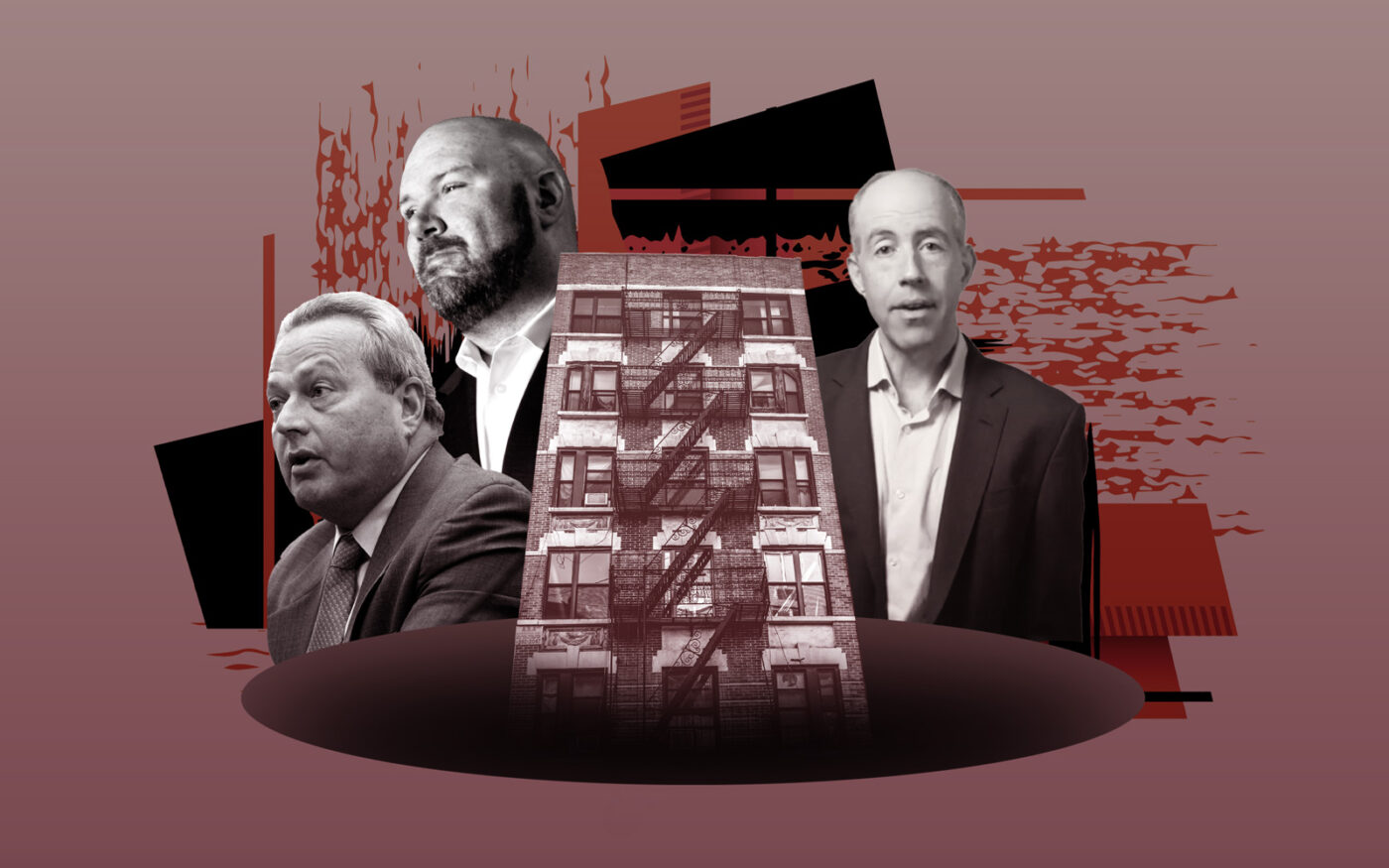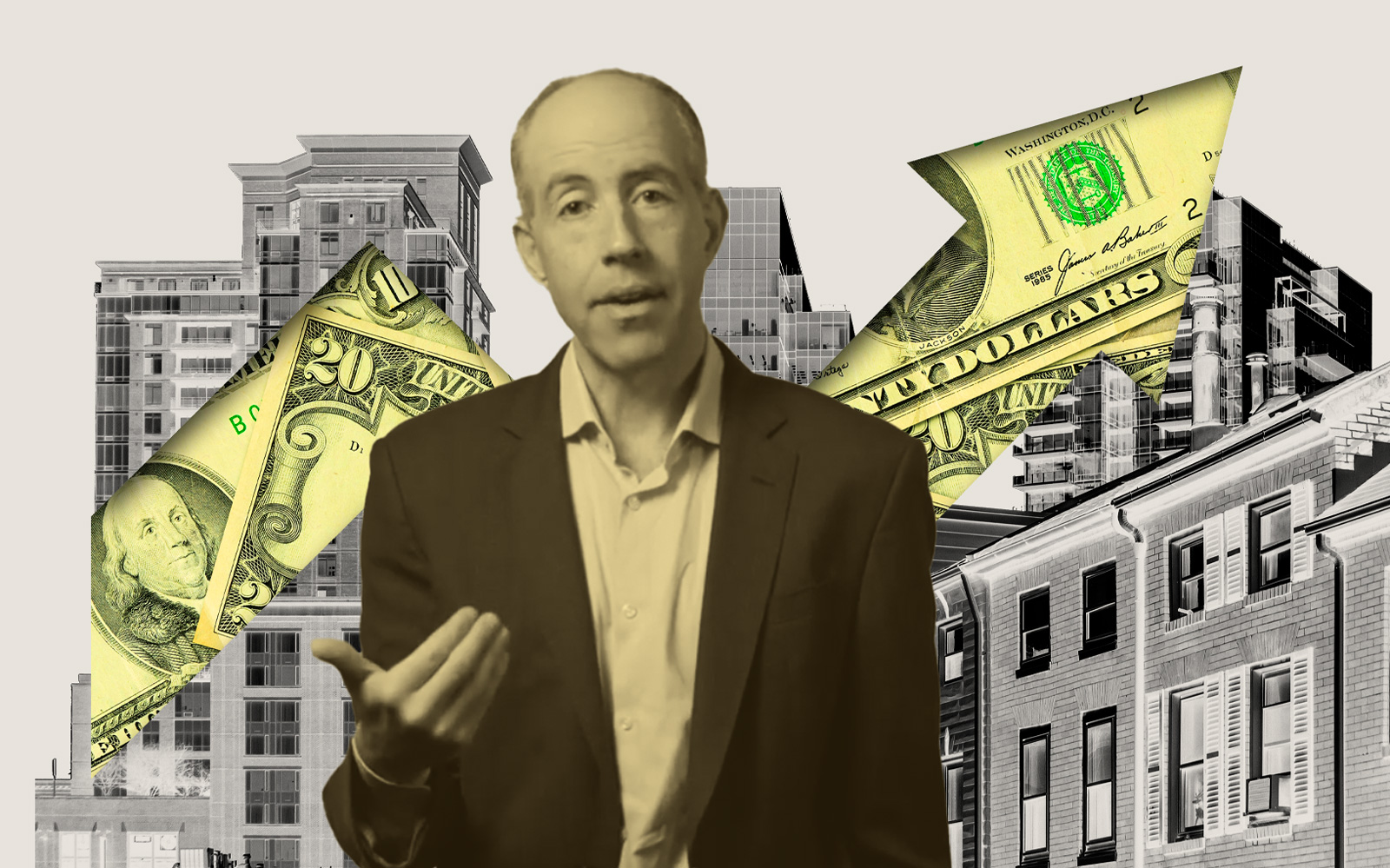 Rent board approves 3 percent hike amid tenant-induced chaos
Rent board approves 3 percent hike amid tenant-induced chaos
Rent board’s 4% hike will “plunge” buildings into distress: landlords
Owners argue 421a buildings distort data, hike will worsen distress

The Rent Guidelines Board in an annual report called for a 4 percent rent hike for one-year leases in rent-stabilized buildings, a bump intended to offset rising expenses.
Those operating costs, which include taxes, labor, fuel, maintenance and insurance, jumped about 4 percent in March 2024 from April 2023, the report found.
But landlords claim the board’s proposed increase would maim a subset of the market struggling to service their buildings and debts: owners of older rent-stabilized housing.
They claim the board’s analysis glosses over that distress.
“This is a tale of two cities, and it doesn’t help renters in the Bronx when the RGB fails to acknowledge what’s happening to their homes,” Jay Martin, head of landlord group the Community Housing Improvement Program said, referencing the “disturbing” drop in profits an earlier RGB report found for borough buildings.
CHIP said that the 4 percent adjustment makes no distinction between the rents pulled by newer properties stabilized under city programs such as 421a and those by buildings 50 years or older that are regulated under the Emergency Tenant Protection Act of 1974.
In 421a buildings, rents of the “affordable” units are stabilized at a certain percentage of the area median income. Some may rent for as little as 30 percent of the AMI, meaning rents are well below market. But others lease for up to 130 percent — closer to market rate.
The math for an aging market
Take 312 West 43rd Street in Midtown West, a project currently leasing.
A one-bedroom available to those making 120 percent of the AMI rents for $3,178 per month. That’s a deal compared to Manhattan’s median rent, which clocked in at $4,100 last month. But it dwarfs the median rent for a stabilized outer-borough apartment built before 1974 — $1,200, according to the RGB.
Both pre-1974 and 421a buildings can contain market-rate units that buoy revenues. But units in newer buildings are more likely to fetch those $4,000 rents than those in older ones.
That difference in rent, owners claim, outweighs the fact that expenses for buildings constructed before 1974 rose by 3.6 percent, less than those in newer properties, which grew by 5.3 percent.
Property taxes accounted for the difference. Taxes in older buildings rose by just 2.4 percent compared to 10 percent in newer ones.
Property taxes are calculated based on assessed value, which is derived from revenues. That’s more evidence that revenue growth in older buildings is minimal compared to newer ones.
Plus, the costs the RGB factors into net operating income don’t include mortgage payments or major capital expenses. The latter can be a sizable expense for owners of aging properties that are more likely to need big-ticket repairs, such as a new boiler.
“The RGB’s report confirms what every rent-stabilized building owner already knows: the cost of running and maintaining stabilized buildings, many of them at or approaching 100 years old, is an economic impossibility,” the Rent Stabilization Association, another landlord group, said in a statement.
All told, landlords claim that while 4 percent might cut it for the city’s newer stabilized product, the increase would do nothing to help owners of struggling buildings.
Those landlords have been hit by the combined impact of the 2019 rent law, which eliminated or curtailed most means to boost rents, and the inflation-lagging increases the RGB has historically approved.
Some, such as Lincoln Eccles, the owner of a 14-unit stabilized property in Crown Heights, have had to tap cash advances on credit cards to cover needed repairs.
“The building is 120 years old, so everything breaks,” Eccles said, noting he also can’t cover his rising property taxes.
“I’m literally on my financial knees,” he added.
CHIP, in response to the report, called on the RGB to “create a separate commensurate and rent adjustment” for pre-1974 rent-stabilized buildings.
RSA noted the inadequacy of last year’s increases, which included a 3 percent increase for one-year leases. The board had called for 8.5 percent in 2023, as the cost of doing business had jumped by 8.1 percent in 2021 from 2020.
RGB’s data lags the market by two years, another aspect landlords take issue with.
Both groups, which are mid-merger, agreed that an adjustment that fails to offset higher property taxes, insurance, interest rates, labor and energy costs, will only exacerbate rent-stabilized decay.
In the words of RSA, such an increase “will further plunge buildings into economic distress.”
Read more
 Rent board approves 3 percent hike amid tenant-induced chaos
Rent board approves 3 percent hike amid tenant-induced chaos
 Rent board staff recommends largest rent hike in 30 years
Rent board staff recommends largest rent hike in 30 years
 “Disturbing” drop in rent-stabilized profits in the Bronx
“Disturbing” drop in rent-stabilized profits in the Bronx




